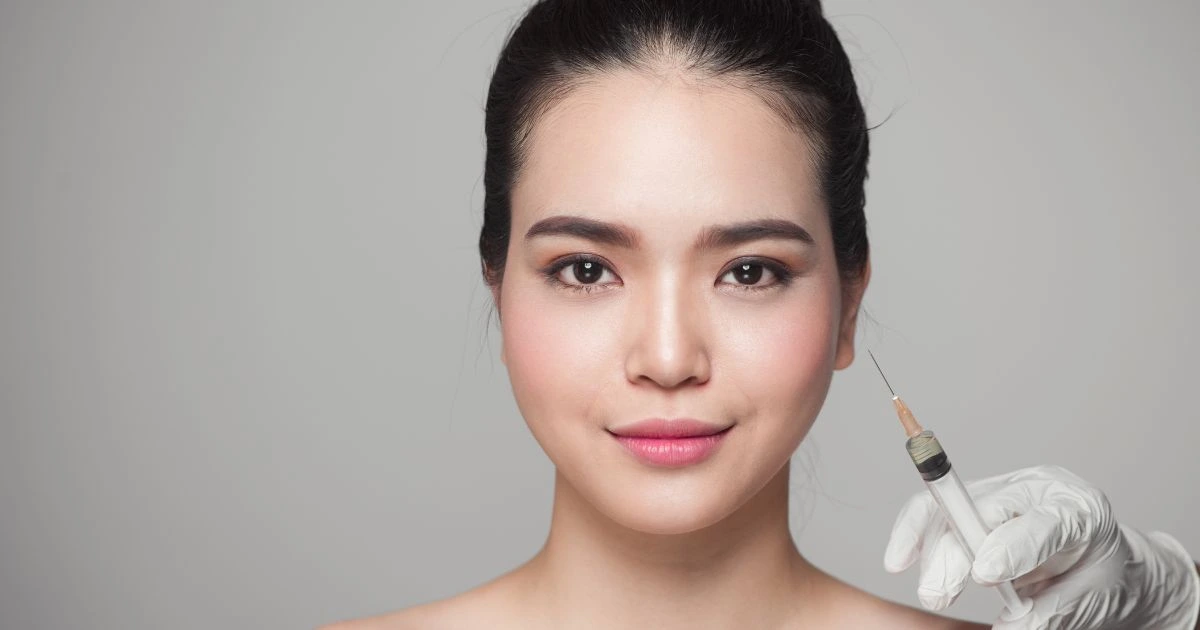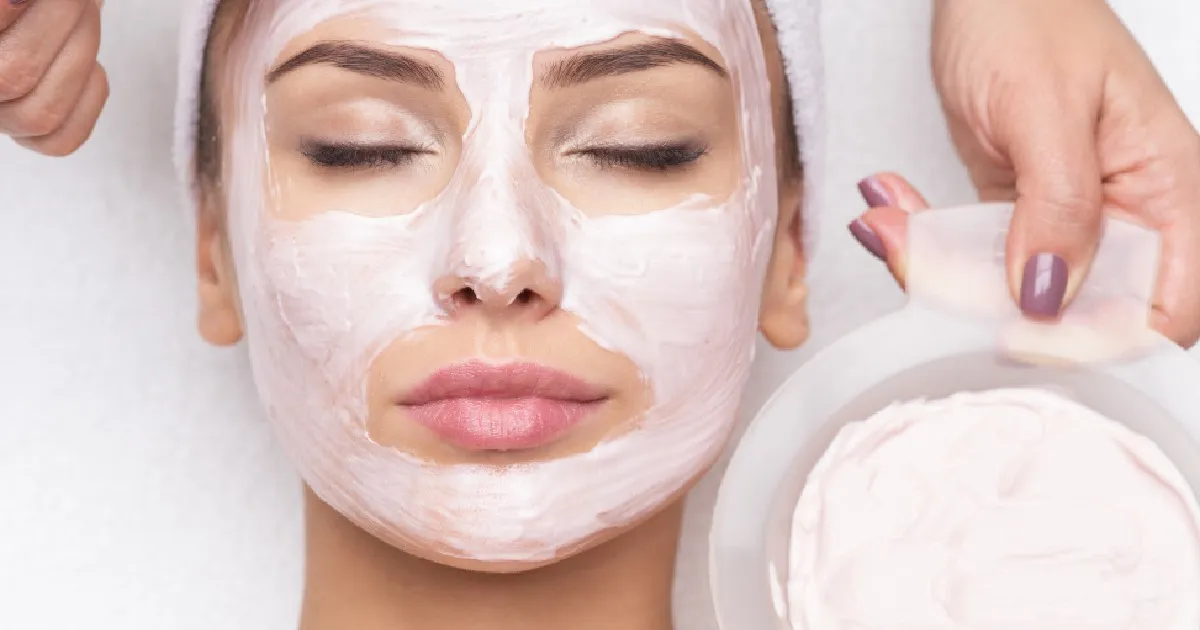Table of Contents
Hair loss affects millions of people coming from different parts of the world. However, the path to reclaiming fuller, healthier hair is now more accessible than ever. This is all thanks to the evolution of modern medical aesthetics.
At the heart of this transformation is hair restoration, a blend of scientific innovation and personalized care that targets hair thinning and loss at its source.
Understanding the hair regrowth process means examining the biology of hair follicles, the cycles of hair growth, and the treatments that can reactivate dormant strands.
Understanding the Hair Growth Cycle
It is vital that we understand the mechanisms behind a hair loss treatment. However, it is also equally important to know how the hair growth cycle works.
Normal hair growth usually occurs in a cycle consisting of three distinct phases: anagen (growth), catagen (transitional), and telogen (resting). At any given time, most hair follicles are in the anagen phase. It is in this stage where the stated follicles are actively growing and generating new hair shafts.
However, certain factors affect hair growth, which depends on the individual. These could be genetics, aging, hormonal imbalances, and nutritional deficiencies. All of these are known to disrupt the anagen phase, pushing more follicles into the resting or shedding phases. In such instances, a patient may experience visible thinning and, in more severe cases, balding.
Modern hair restoration science aims to reverse the mentioned imbalance. To achieve such a result, specific methods can restore a healthy scalp environment and reactivate hair follicles.
The Biology of Hair Loss
Hair loss, specifically androgenetic alopecia, is typically influenced by hormone dihydrotestosterone (DHT). Androgenetic alopecia may also be referred to as male or female pattern baldness.
Going back to DHT, this molecule binds to androgen receptors present in hair follicles. This action shortens the growth phase and could lead to follicular miniaturization. Over time, the process reduces hair shaft thickness. Also, it can weaken the ability of the follicle to generate hair.
Hair loss treatment strategies often focus on blocking DHT. They also work by improving the scalp’s circulation and nutrient supply since this counteracts the effect of DHT.
Some medical interventions and regenerative therapies are currently addressing these biological disruptions at the cellular level.
Hair Restoration Through Platelet-Rich Plasma (PRP)
Today, several hair restoration patients demand a natural and non-surgical solution. As such, PRP for hair loss has emerged as a groundbreaking treatment that leverages the body’s own healing process.
How Does It Work
PRP therapy typically involves drawing a small amount of blood from the patient. It is then processed in a centrifuge to isolate the platelet-rich plasma. The PRP contains elevated concentrations of growth factors and cytokines. These substances are essential for tissue repair and regeneration.
Once isolated, the extracted PRP is injected directly into the patient’s scalp. The approach specifically target areas where thinning and weakened follicles reside.
The growth factors coming from the platelets are platelet-derived growth factor (PDGF) and vascular endothelial growth factor (VEGF). These are expected to produce the following results:
- Enhance blood supply to the hair follicles
- Reduce inflammation
- Stimulate dermal papilla cells that regulate hair growth
Over time, these stated PRP results will reactivate the follicles’ ability to generate stronger and thicker strands of hair.
Benefits of PRP Hair Restoration
PRP for hair restoration is one of the sought-after hair restoration treatments today. The reason behind this is that it offers several benefits. Here are some of them:
Safe and Natural
PRP is renowned for using the patient’s own blood. Thus, this treatment is biocompatible, meaning it virtually eliminates the risk of allergic reactions or foreign-body responses. This benefit makes PRP a safe option for hair restoration patients, regardless of their gender or skin type.
Suitable for Early Intervention
PRP can also address hair loss in its early stages. This is one of the well-known benefits of hair restoration using PRP. This procedure improves follicle function early on. Eventually, the treatment can slow or halt further hair thinning.
Non-Surgical with No Downtime
PRP for hair regrowth is minimally invasive. Patients will not have to go under the knife to rekindle their hair follicles’ hair growth activity. This also means PRP does not require incisions, sutures, anesthesia, or extended recovery periods. Most of our patients resume their normal day-to-day activities the same day they receive the treatment.
Encourages Natural Hair Growth
PRP can stimulate natural mechanisms for hair restoration. These are already present in the patient’s body, and by activating them they promote natural hair regeneration.
PRP Hair Restoration Aftercare Tips
Although PRP is proven effective to bring back the vitality of your hair follicles, observing some aftercare tips is still needed. These will ensure optimal absorption of growth factors and long-term results.
While recovery is minimal, patients are still advised to follow a few guidelines. Check them out below:
In the first 24 to 48 hours post-procedure:
- Do not wash your hair to allow growth factors to remain concentrated on the scalp.
- Avoid hair styling products such as sprays, gels, or dry shampoos.
- Refrain from strenuous physical activities that could lead to excessive sweating.
- Limit sun exposure and steer clear from saunas or steam rooms to protect sensitive scalp tissue.
During the days that follow:
- Stay well-hydrated and consume a nutrient-rich diet to promote cellular regeneration.
- Avoid alcohol and smoking, as these can impair circulation and reduce healing efficiency.
- Gently massage your scalp after two to three days if recommended by your provider, to increase blood flow.
- Use only gentle, sulfate-free shampoos after the initial 24–48 hours.
Hair Restoration in San Angelo, TX, Performed at Beauty Abound Aesthetics
Hair restoration in San Angelo is made available by innovative and patient-centered clinics such as Beauty Abound Aesthetics. Our approach is marked by cutting-edge procedures. One of which is our signature PRP hair restoration service.
What sets us apart from other clinics is our personalized care and aesthetic expertise. We believe PRP for hair restoration can be adjusted to meet your aesthetic goals. By doing so, we have success stories of patients looking to address their hair-thinning challenges. Book your appointment!
Learn the facts about hair restoration – see real results!
Frequency Asked Questions
How long does it take to see results from PRP hair restoration?
Most patients begin noticing visible improvements within 3 to 6 months after their initial PRP treatments.
Is PRP hair restoration painful?
The procedure brings about minimal discomfort and is generally well-tolerated with the use of numbing agents.
Who is a good candidate for a PRP hair restoration procedure?
Individuals with early-stage hair thinning or androgenetic alopecia are ideal candidates for PRP therapy.
How many PRP sessions are typically needed?
A typical treatment plan includes 3 to 4 sessions. These could be spaced about 4–6 weeks apart. Maintenance sessions may be required to better and longer-lasting results.



